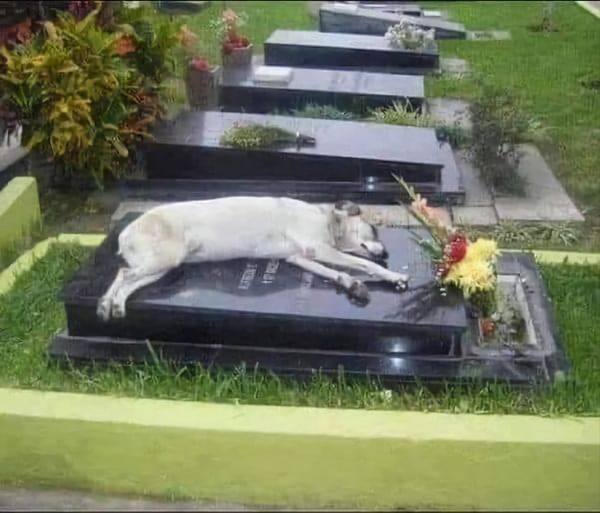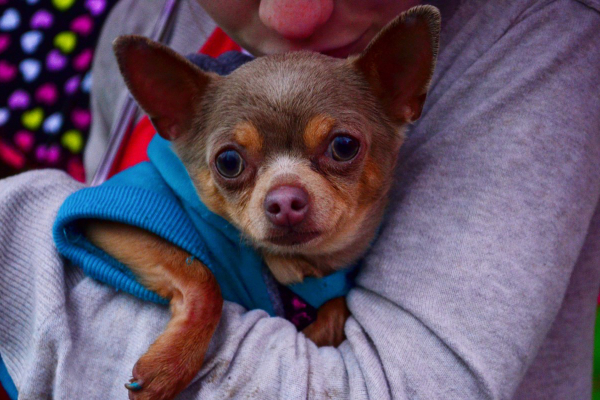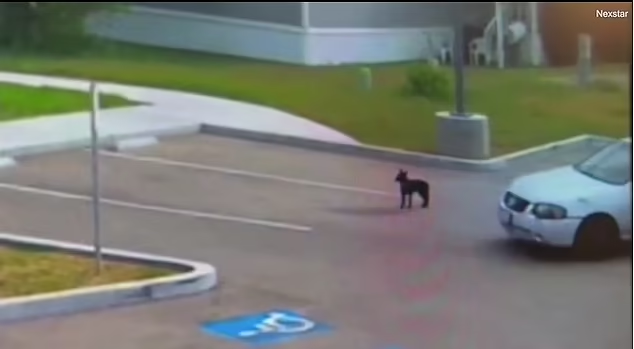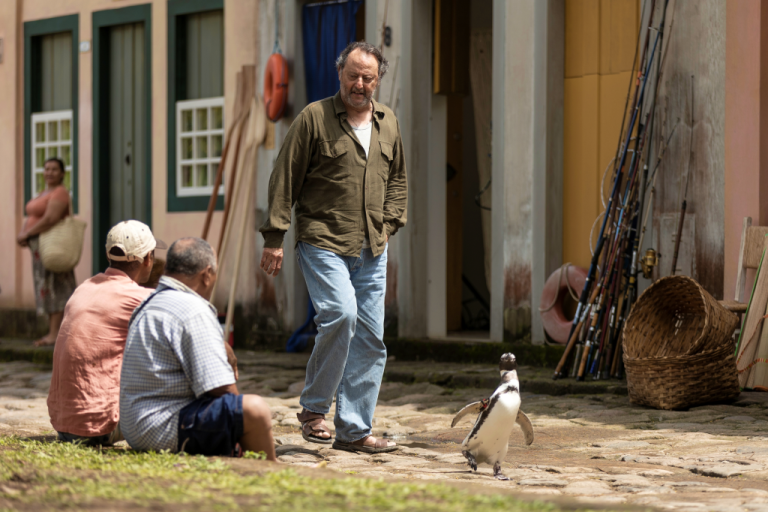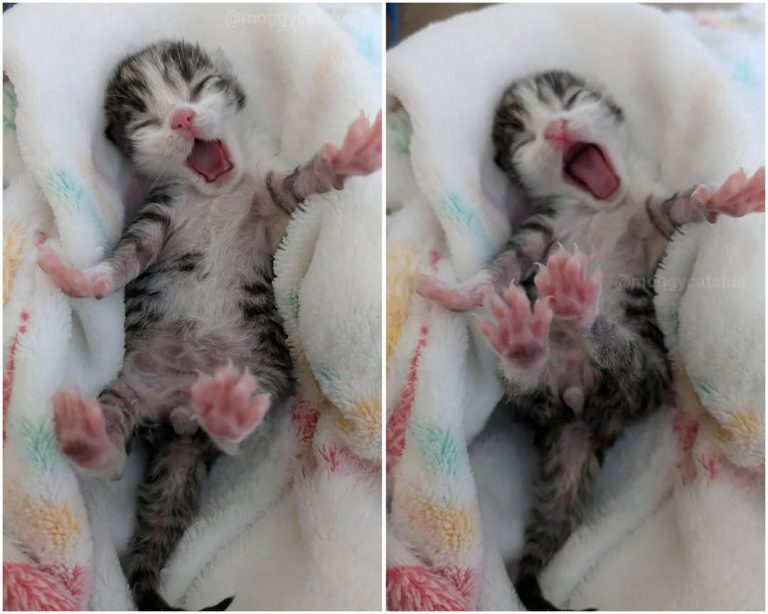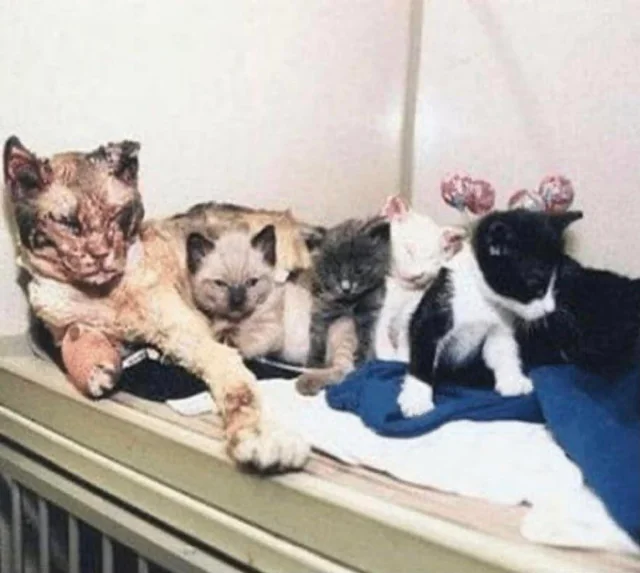She Sat Beside His Grave for 7 Years—A Dog’s Unbreakable Bond
In a quiet village nestled in the countryside of northern Argentina, a story unfolded that touched hearts across the globe. It wasn’t a tale of grandeur or wealth, nor one of war or politics. It was the simple, unwavering love of a dog who refused to abandon her beloved owner—even in death.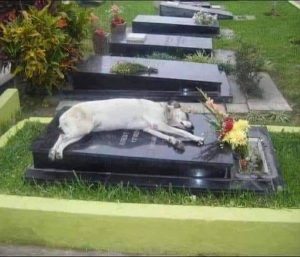
Her name was Capita, a medium-sized mutt with a thick coat of brown fur and eyes that seemed far too expressive for an animal. She wasn’t the kind of dog people stopped to photograph for social media, nor was she trained in any extraordinary way. But what made Capita remarkable was not her breed or tricks—it was her soul.
Capita belonged to Miguel Guzmán, a retired railway worker and widower who lived a modest life. Miguel adopted her when she was just a few weeks old, found trembling near a roadside during a heavy storm. He wrapped her in his coat, brought her home, and from that moment on, they became inseparable. He called her “mi niña”—his girl.
Each morning, the pair would walk to the village bakery, Capita prancing proudly at Miguel’s side. In the afternoons, they would sit on a bench near the park, Miguel sipping mate while Capita rested her head on his lap. As the years went by, the two grew older together. Capita’s muzzle grayed just as Miguel’s gait slowed. But their companionship never wavered.
Then, one winter morning in 2006, Miguel quietly passed away in his sleep.
The funeral was held in the local cemetery on a cold, overcast day. Capita, who had been left behind with Miguel’s relatives, grew restless that evening. She paced, whined, and scratched at the door until someone let her out. No one paid much attention at the time, assuming she would return.
But she didn’t.
Three days later, cemetery workers found Capita lying on Miguel’s grave.
She had never been there before. No one had taken her. Somehow, she had found it on her own.
The workers tried to coax her away. Family members came to retrieve her. But Capita refused to leave. Every attempt to bring her back to the house ended the same: she would escape again and return to the grave, curling up beside the headstone as if standing eternal vigil.
At first, villagers assumed it was a phase—an expression of grief that would pass. But days turned into weeks, weeks into months, and months into years.
Capita made her home beside Miguel’s grave.
Rain, snow, or scorching heat—she stayed. The cemetery staff, moved by her devotion, began to care for her. They built a small shelter nearby and brought her food and water. Capita accepted their kindness, but her eyes never stopped searching, waiting. She never wandered far from the grave. She only left to briefly stretch or visit the entrance of the cemetery, as if still waiting for Miguel to return.
For seven long years, Capita kept her post.
What drives such loyalty? What does a dog understand of death and loss?
Scientists and skeptics might point to routine, scent trails, or food dependency. They might say that Capita was simply confused or acting on instinct.
But to those who saw her every day, there was no question: she was mourning.
And she was remembering.
Capita didn’t sit at any grave. She sat at his—the man who rescued her, fed her, talked to her as though she were human. The one who shared his life and made her part of his world. For Capita, Miguel wasn’t gone. He was just… waiting. Somewhere.
The villagers began to take pride in her vigil. She became a quiet legend—“the grieving dog of Villa Carlos Paz.” Journalists came and wrote articles. Visitors left flowers and treats. Children would point and whisper, learning about love and loss not from textbooks, but from a dog.
Her presence gave the cemetery an unusual air of reverence. It wasn’t just a place of death anymore—it was a place of enduring love.
As the years passed, Capita aged. Her fur thinned, her legs weakened, and she began to go blind in one eye. Still, she remained faithful. On cold days, she would lean against Miguel’s headstone for warmth. On warm days, she would nap in the shade of nearby trees. But no matter the season, Capita’s place was with him.
Eventually, her body began to fail. One morning, the groundskeeper found her lying motionless beside Miguel’s grave, her head resting on her paws, eyes closed peacefully.
She had died where she lived—at the side of her best friend.
The village mourned her like a family member. They buried her just steps from Miguel’s grave, so she could truly rest by his side forever. A small stone was placed there, engraved with her name and a single word: “Fidelidad”—Loyalty.
Her story didn’t end with her passing. It lives on in photographs, in newspaper clippings, in whispered tales told by elders to children. But more than that, it lives on in the hearts of those who saw in her something profoundly human: the aching, stubborn refusal to let go of love.
Capita’s devotion wasn’t blind. It wasn’t born out of habit or dependency. It was choice—quiet, steadfast choice.
In a world that often feels fickle and fast-moving, where relationships can be fleeting and loyalty is sometimes seen as naïveté, Capita stood for something rare.
She taught us that love doesn’t end at the grave.
That loyalty doesn’t have a time limit.
That grief isn’t weakness—it’s testimony to what once was beautiful.
Perhaps the most powerful lesson Capita left behind was this: that to be remembered, to be loved so deeply and faithfully, is the truest kind of immortality.
For Capita, Miguel never really died.
And now, thanks to her, neither has she.
Epilogue
To this day, visitors leave flowers at Capita’s grave. Some leave handwritten notes, others small dog toys or biscuits. And every year, on the anniversary of Miguel’s death, a quiet gathering is held in the cemetery where Capita once stood guard.
They do not come for spectacle.
They come to remember a love that didn’t ask for anything in return.
A love that never gave up.
A love that, even in death, chose to stay.
